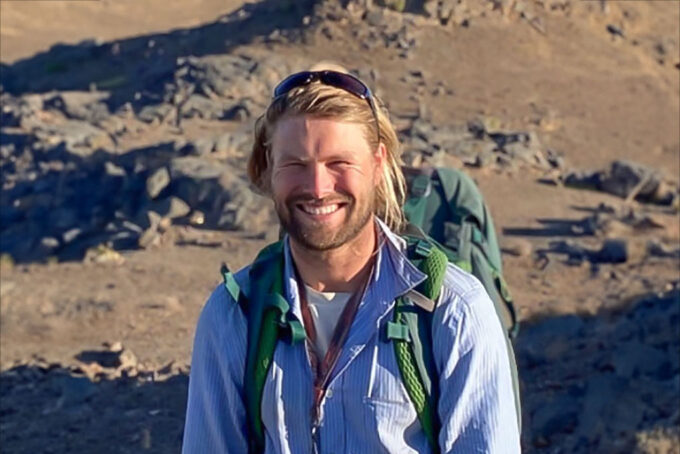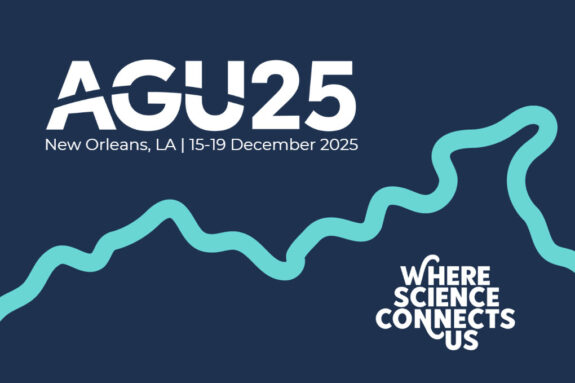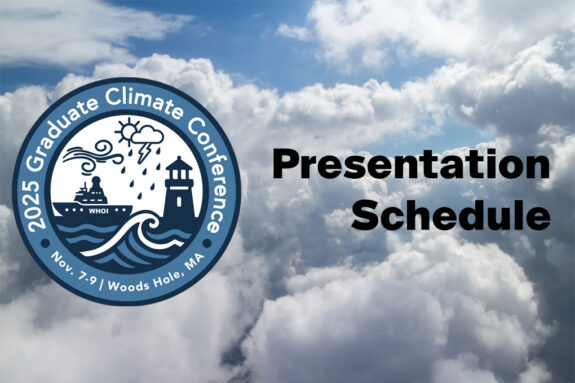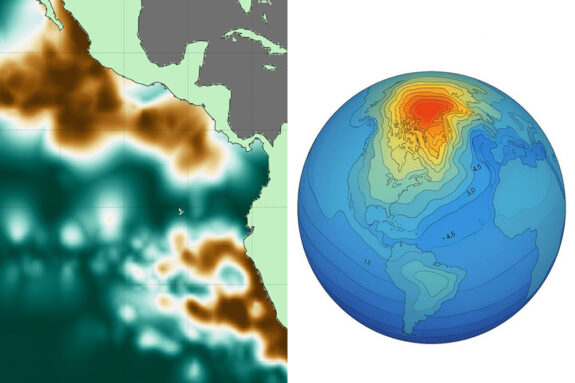3 Questions: Meet Lyle Nelson, EAPS newest faculty member

Lyle Nelson is a sedimentary geologist, interested in how the archives of Earth’s surface environments tell the story of complex life. Out in the field, he maps and studies ancient ocean basins that have been uplifted into mountain belts, exposing the early history of surface environments from over 500 million years ago. From these records, he can look at the physical properties, chemical compositions and fossils in the rocks to determine what the oceans and atmosphere were like at that point in time, what lived there, and the rates and scale at which they changed.
Lyle joined the Department of Earth, Atmospheric and Planetary Sciences (EAPS) in July as an assistant professor. Recently, he took a moment to talk about investigating the origins of complex life, the multidisciplinary approach it requires, and the creative people he wants to work with to help him solve the puzzle of our origin story.
Q: What fundamental questions are you hoping to explore through your research?
A: Geology is the study of our origin, how our planet formed and the subsequent evolution of our home. I’m particularly interested in the origin of complex life, how the composition of Earth’s surface environments, climate, and tectonic processes have interacted, and the feedbacks among those that sustain the evolution of life. In turn, I’m also interested in how different forms of life have altered the planet.
The way I investigate these topics is using archives of sedimentary rocks that were originally deposited in old oceanic basins but are now preserved at the surfaces of modern mountain ranges. I’m trying to find creative ways to interrogate those records, which are inherently imperfect, to tell these stories about how environment and life have evolved on the planet.
Q: How do these questions align with the research being done here in EAPS?
A: One of the most amazing things about this department is how large and how broad it is. These questions that I’m interested in are fundamentally multidisciplinary. You need an understanding of things such as how fluids move in the atmosphere and ocean; how biogeochemical processes and cycles are working in surface waters and shallow sediments; thermodynamic processes at high temperature and high pressure deep in the solid earth; and evolutionary biology. For any of those different disciplines, you can find someone in this department who is an expert. I’m really excited about fitting into the department by trying to bridge these gaps between different disciplines using that sedimentary record.
Q: What is your goal for a research program of your own here, and what sort of group are you looking to put together?
A: I’m hoping to put together a group of talented geoscientists who are able to read the rock record at a very detailed level, but are also able to synthesize into the broader questions of Earth history in a creative way. Our goal is to try to solve small pieces of this amazing, immense, four-dimensional puzzle that’s the history of Earth and come closer to understanding our origin story.


